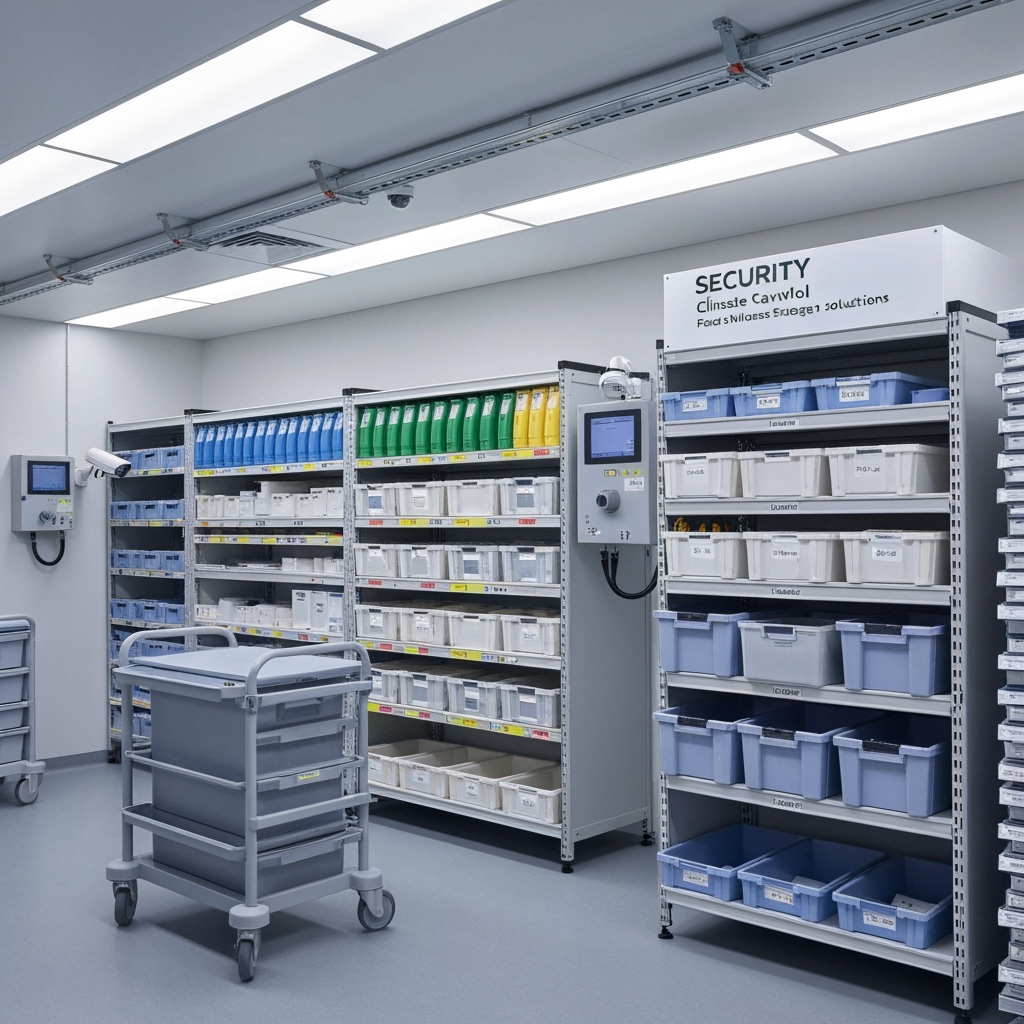Understanding HIPAA-Compliant Storage Requirements
For healthcare practices, maintaining HIPAA compliance in storage solutions isn’t just about organization—it’s a legal necessity. This comprehensive guide will help medical professionals navigate the complex requirements of HIPAA-compliant storage while maximizing efficiency and protecting patient information.

Key Components of HIPAA-Compliant Storage
Implementing HIPAA-compliant storage solutions requires attention to several crucial elements:
- Physical safeguards for protected health information (PHI)
- Access control systems
- Environmental controls
- Proper documentation procedures
- Regular security assessments
Choosing the Right Storage Facility
When selecting a storage facility for medical records and equipment, consider these essential features:
- Climate-controlled environments to protect sensitive materials
- Advanced security systems with 24/7 monitoring
- Limited access protocols
- Proper ventilation and humidity control
- Fire suppression systems

Organizing Medical Records and Equipment
Effective organization is crucial for maintaining compliance and efficiency:
- Implement a clear labeling system
- Separate active and archived records
- Maintain inventory logs
- Create designated zones for different types of materials
- Establish clean-to-dirty workflows
Security Measures for HIPAA Compliance
Ensure your storage solution includes these security features:
- Individual access codes or keys
- Security cameras and monitoring systems
- Visitor logs and tracking
- Secure disposal procedures
- Regular security audits
Best Practices for Equipment Storage
Proper storage of medical equipment requires special consideration:
- Temperature monitoring systems
- Regular maintenance schedules
- Equipment tracking protocols
- Calibration records management
- Proper cleaning and sanitization procedures
Staff Training and Access Protocols
Develop comprehensive training programs covering:
- HIPAA compliance requirements
- Proper handling of PHI
- Security protocols and procedures
- Emergency response plans
- Documentation requirements
Regular Audits and Compliance Checks
Maintain compliance through regular assessments:
- Scheduled facility inspections
- Access log reviews
- Security system testing
- Documentation audits
- Staff certification checks
Emergency Preparedness and Disaster Recovery
Create comprehensive plans for:
- Natural disaster response
- Power outage procedures
- Data backup systems
- Emergency access protocols
- Recovery procedures
Cost Management and ROI
Consider these factors when budgeting for HIPAA-compliant storage:
- Initial setup costs
- Ongoing maintenance expenses
- Security system investments
- Staff training resources
- Insurance considerations
Future-Proofing Your Storage Solution
Plan for long-term success with:
- Scalable storage solutions
- Technology integration capabilities
- Regulatory update monitoring
- Expansion planning
- Regular system upgrades










Leave a Reply